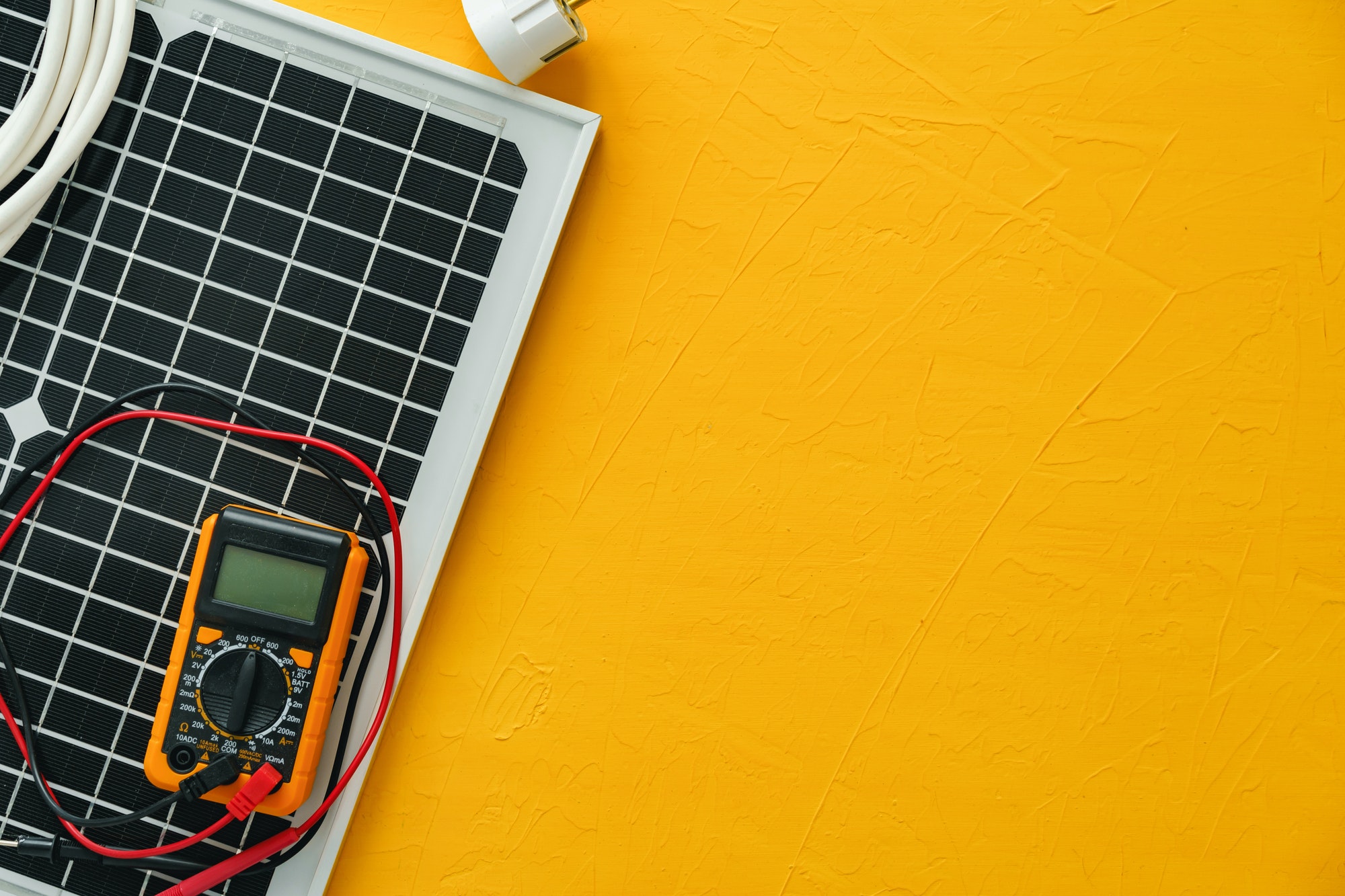Introduction
The term “solar generator” can describe any solar-powered energy source. Any time the word “solar generator” is used, it refers to a lightweight, easy-to-use unit that can harness the power of the sun wherever it’s needed.
There are numerous advantages to using a solar generator instead of a typical gas generator. Noise, hazardous emissions, and the need for expensive resources make gas generators undesirable. Solar generators are silent and run on healthy, renewable energy, making them ideal for areas where noise pollution is a concern. For those who don’t want to stop at a gas station to replenish their generator regularly, a solar generator is an excellent solution.
How Does It Work?
Solar generators are simple machines, although the technology underlying them is pretty complex. Solar generators are devices that can store and transform energy into electricity for use in electronic devices.
A Solar Generator’s components
There are several components in solar generators that allow them to generate, store, and utilize electricity. However, it’s vital to know that solar panels aren’t typically included with solar generators.
- Batteries: The most critical component of your solar power system is undoubtedly the solar battery. There is a wide range of battery kinds and capacities to choose from. An ideal lithium battery can store enough energy to power your solar generator for a decent amount of time. It’s possible to expand a battery bank’s storage capacity with some solar generators but not with others.
- Charge Controllers: Solar charge controllers manage the voltage flowing from the solar panels to prevent battery damage. The solar generator’s longevity and efficiency are directly correlated to the performance of this component.
- Inverters: Solar electricity is created and stored in a direct current (DC). A solar inverter is required to utilize the energy to power AC-current household electronics. When evaluating what the solar generator can power, it’s critical to know the inverter’s size, continuous power rating, and surge rating.
- Inputs: The battery of a solar generator can be charged by feeding power into it. Solar generators are nearly always equipped with a solar panel port and an AC outlet port for battery charging.
- Outputs: Electronics can be hooked into the solar generator’s external outputs once ready for use. With a wide range of DC, AC, and USB ports, most solar generators can supply the electricity you need.
- Display Screens: Every solar generator has a display that informs the user about what’s going on within. To keep track of how much power your solar generator is generating and how much is left in its battery, display screens are essential.
Conclusion
Finding the finest solar generator for your needs begins with knowing what your system will be used for and how it will generate electricity.

